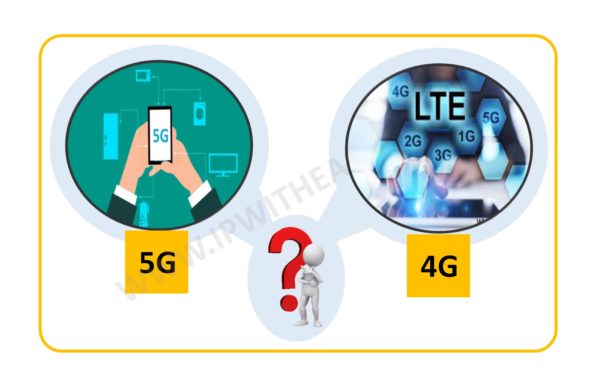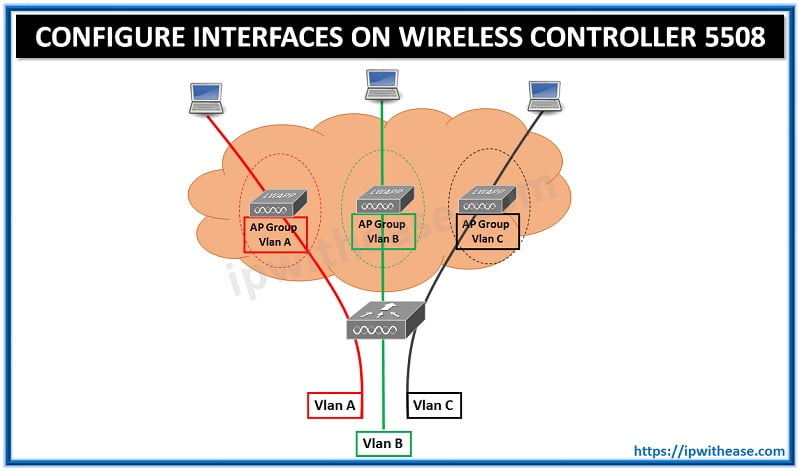Introduction to Li-Fi Technology
Li-Fi stands for Light Fidelity.
Li-Fi Technology is a wireless optical networking technology that uses light-emitting diodes (LEDs) for data transmission. Li-Fi technology makes use of infra- red or visible light communication (VLC) and it lays near ultraviolet waves instead of the regular radio- frequency waves. It is considered to be a subsidiary of the optical wireless communication technology which is capable of carrying comparatively more information as compared to the Wi-Fi technology.
Li-Fi uses common household LED (light emitting diodes) light bulbs to enable data transfer, boasting speeds of up to 224 gigabits per second. Li-Fi bulbs are outfitted with a chip that modulates the light imperceptibly for optical data transmission. Li-Fi data is transmitted by the LED bulbs and received by photoreceptors.
With Li-Fi, data is transmitted by modulating the intensity of the light, which is then received by a photo-sensitive detector, and the light signal is demodulated into electronic form. This modulation is performed in such a way that it is not perceptible to the human eye.
The term Li-Fi was coined by University of Edinburgh Professor Harald Haas in 2011. Haas envisioned light bulbs that could act as wireless routers.
What are the Security Concerns of Li-Fi Technology ?
It is a proven fact that Li-Fi is more secure as compared to traditional Wi-Fi. This is because Wi-Fi routers are generally used by attackers to enter a network and strong firewalls are also unable to safeguard your network from these attackers. One of the common reasons behind this is that the range of Wi-Fi routers is an important factor which enables these security breaches into your Wi-Fi network.
On the other hand, Li-Fi uses light which limits the range of the internet connection and it cannot be increased at any cost. Thus, not letting the bulb be lightened or dimmed manually. This peculiar feature of Li-Fi will protect your network from interference from your neighbours. Some of the best benefits of LiFi:
Higher speed than Wi-Fi.
- 10000 times the frequency spectrum of radio.
- More secure because data cannot be intercepted without a clear line of sight.
- Prevents piggybacking.
- Eliminates neighboring network interference.
- Unimpeded by radio interference.
- Does not create interference in sensitive electronics, making it better for use in environments like hospitals and aircraft.
For difference between LiFi and WiFi , check our blog on LiFi vs WiFi
Applications of LiFi Technology
There are many applications for Li-Fi. These include:
- RF Spectrum Relief: Excess capacity demands of cellular networks can be off-loaded to Li-Fi networks where available. This is especially effective on the downlink where bottlenecks tend to occur.
- Smart Lighting: Any private or public lighting including street lamps can be used to provide Li-Fi hotspots and the same communications and sensor infrastructure can be used to monitor and control lighting and data.
- Mobile Connectivity: Laptops, smart phones, tablets and other mobile devices can interconnect directly using Li-Fi. Short range links give very high data rates and also provides security.
- Hazardous Environments: Li-Fi provides a safe alternative to electromagnetic interference from radio frequency communications in environments such as mines and petrochemical plants.
- Hospital & Healthcare: Li-Fi emits no electromagnetic interference and so does not interfere with medical instruments, nor is it interfered with by MRI scanners.
- Aviation: Li-Fi can be used to reduce weight and cabling and add flexibility to seating layouts in aircraft passenger cabins where LED lights are already deployed. In-flight entertainment (IFE) systems can also be supported and integrated with passengers’ own mobile devices.
- Underwater Communications: Due to strong signal absorption in water, RF use is impractical. Acoustic waves have extremely low bandwidth and disturb marine life. Li-Fi provides a solution for short-range communications.
- Vehicles & Transportation: LED headlights and tail-lights are being introduced. Street lamps, signage and traffic signals are also moving to LED. This can be used for vehicle-to-vehicle and vehicle-to-roadside communications. This can be applied for road safety and traffic management.
- RF Avoidance: Some people claim they are hypersensitive to radio frequencies and are looking for an alternative. Li-Fi is a good solution to this problem.
- Location Based Services (LBS): Highly accurate location-specific information services such as advertising and navigation that enables the recipient to receive appropriate, pertinent information in a timely manner and location.
- Toys: Many toys incorporate LED lights and these can be used to enable extremely low-cost communication between interactive toys.
The future of Li-Fi Technology
pureLiFi already has two products in the market:
- Li-Flame Ceiling Unit to connect to an LED light fixture and
- Li-Flame Desktop Unit which connects to a device via USB, both aiming to provide light and connectivity in one device.
Plus, with faster connectivity and data transmission it’s an interesting space for businesses. The integration of (IoT) internet of things devices and Li-Fi will provide a wealth of opportunities for retailers and other businesses alike. For example, shop owners could transmit data to multiple customers’ phones quickly, securely and remotely.
What’s more, reports suggest that Apple may build future iPhones with Li-Fi capabilities. A Twitter user found that within its iOS 9.1 code there were references to Li-Fi written as ‘LiFiCapability’ hinting that Apple may integrate Li-fi with iPhones in the future.
Whether or not Li-Fi will live up to its hype is yet to be decided and coming days will be pretty exciting as Li-Fi unfolds its full feathers …
Continue Reading:
Future of Wireless Communication Technology
References –
ABOUT THE AUTHOR

You can learn more about her on her linkedin profile – Rashmi Bhardwaj



